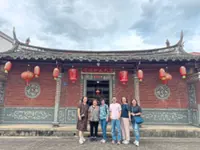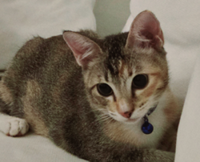The FDS team (comprising a community nurse, midwife, doctor and health assistant) in Sarawak in the 1980s. Photos: Dr Loh Yunn Hua
Do you have any real-life, heart-warming stories to share with readers? We'd love to hear from you. Please keep your story within 900 words. Photos are optional and should be in JPEG format (file size about 1MB, captioned). There is no payment for stories, and we reserve the right to edit all submissions. Email your story to: lifestyle@thestar.com.my with the subject "Heart and Soul".
The Flying Doctor Service (FDS) under the Health Department of Sarawak, was set up to provide medical treatment, vaccinations and care of pregnant mothers in rural Sarawak. Many of these rural areas were only accessible then by rivers and undeveloped roads.
Already a subscriber? Log in
Save 30% OFF The Star Digital Access
Cancel anytime. Ad-free. Unlimited access with perks.





